- February 2, 2024
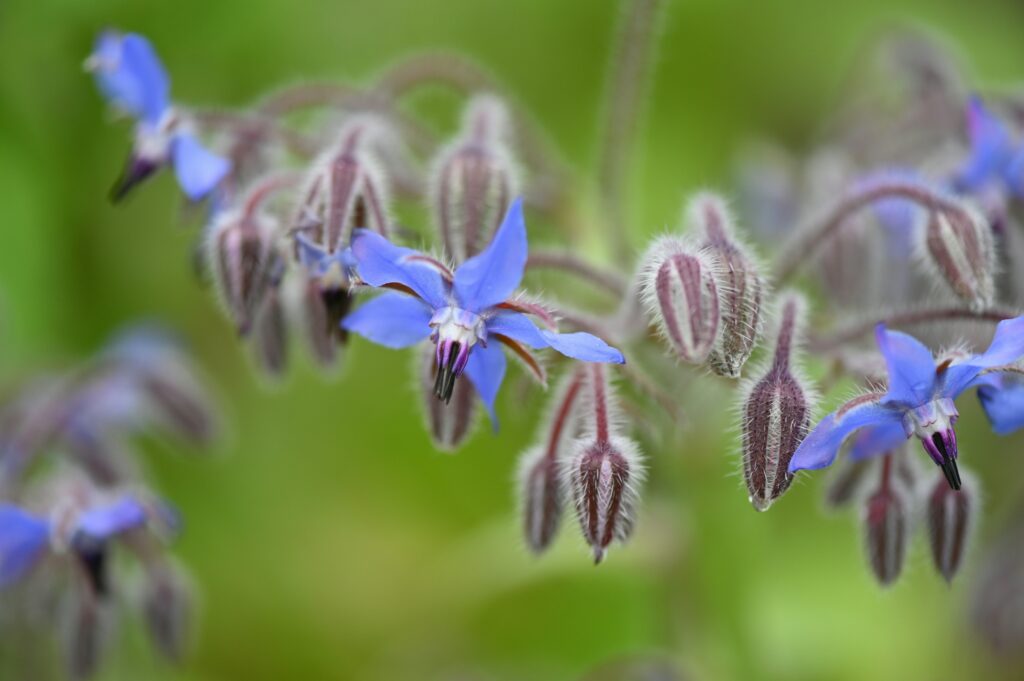
Companion planting for borage is an experience-based observation developed over centuries. People have noticed that planting certain plants side by side has a positive effect on each other, increasing the quality and quantity of the harvest. Companion planting is not set in stone and it is the least you can do for your plants. You can get the right care from the individual plant article. You can see the companion and the enemy plants of borage below.
Why does companion planting work?
Companion planting works due to several interconnected factors:
Pest Control: Certain plants emit natural chemicals or scents that repel pests, effectively acting as natural pest deterrents for nearby plants. This reduces the need for chemical pesticides and fosters a more balanced ecosystem.
Attracting Beneficial Insects: Some companion plants attract beneficial insects like ladybugs, hoverflies, and predatory wasps, which feed on common garden pests. This creates a natural form of pest control and helps maintain ecological balance.
Soil Improvement: Different plants have varying root structures and nutrient requirements. Companion planting can enhance soil health by reducing soil erosion, suppressing weeds, and improving nutrient uptake. For example, leguminous plants fix nitrogen in the soil, benefiting neighboring plants that require nitrogen for growth.
Competition Reduction: Companion planting can help reduce competition for resources such as water, sunlight, and nutrients by utilizing plants with complementary growth patterns and root structures. This allows for more efficient resource utilization and healthier plant growth.
Biodiversity and Resilience: Planting diverse species together increases biodiversity in the garden, which can enhance ecosystem resilience. A diverse ecosystem is better equipped to withstand pests, diseases, and environmental stresses compared to monocultures.
Maximizing Space: Companion planting allows gardeners to make the most of limited space by intercropping plants with different growth habits and maturity rates. This maximizes yield per square foot and promotes efficient land use.
Overall, companion planting capitalizes on the natural synergies between plant species, creating a thriving and sustainable garden ecosystem.
What are the companion plants of borage?
The following plants have positive effects on the growth of your borage. These plants can repel pests that damage your plants. These plants provide increased nutrition to the soil that your plants can use. Therefore, we recommend planting these plants next to your borage.
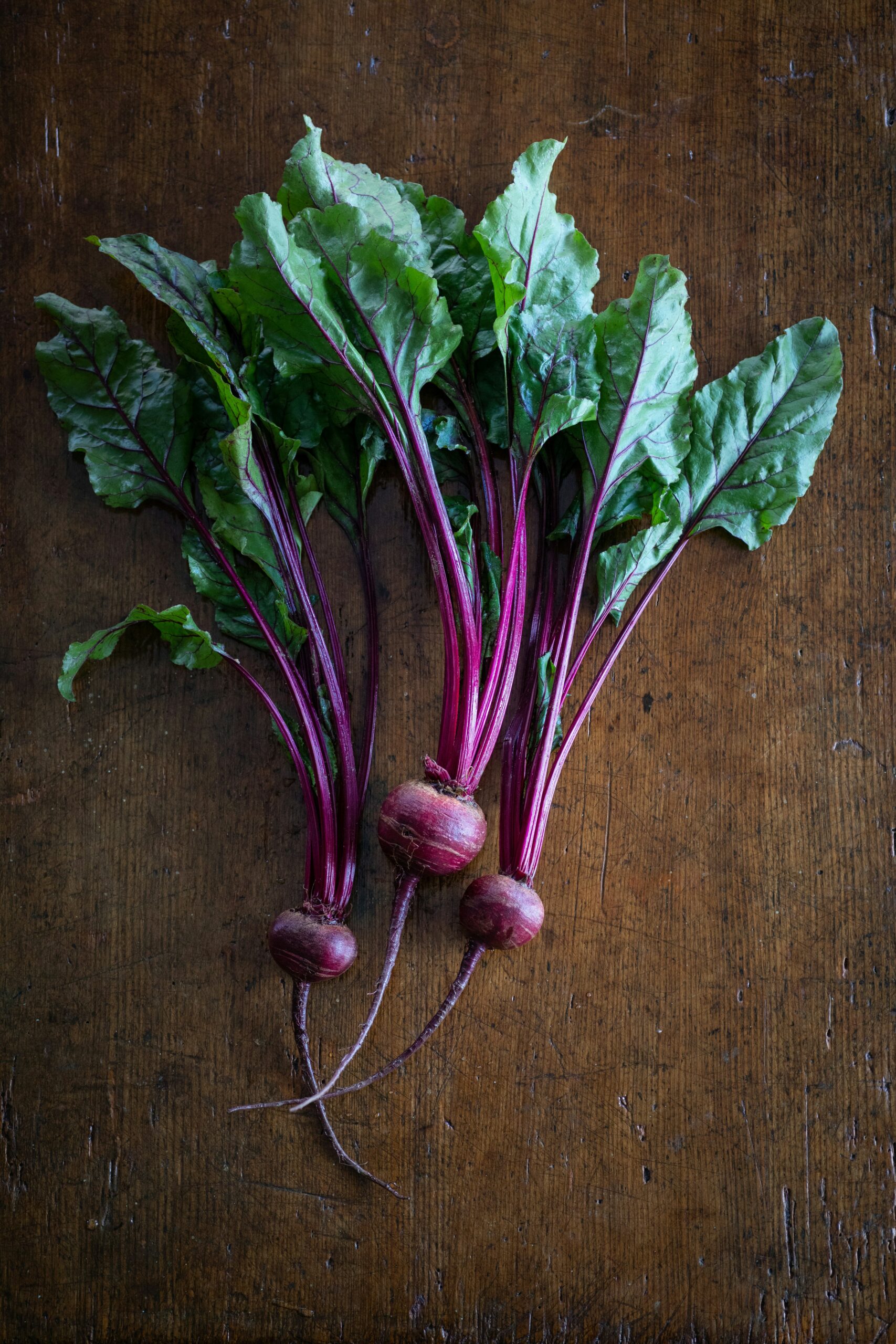
Turnip
Turnips, known for their nutritious roots and garden resilience, grow in loamy soil with a pH range between 6.0 and 7.5. Full sunlight and consistent moisture nurture their robust foliage and prolific root development. Turnips provide invaluable benefits to neighboring plants by improving soil structure, suppressing weed growth, and enriching the soil with nutrients.
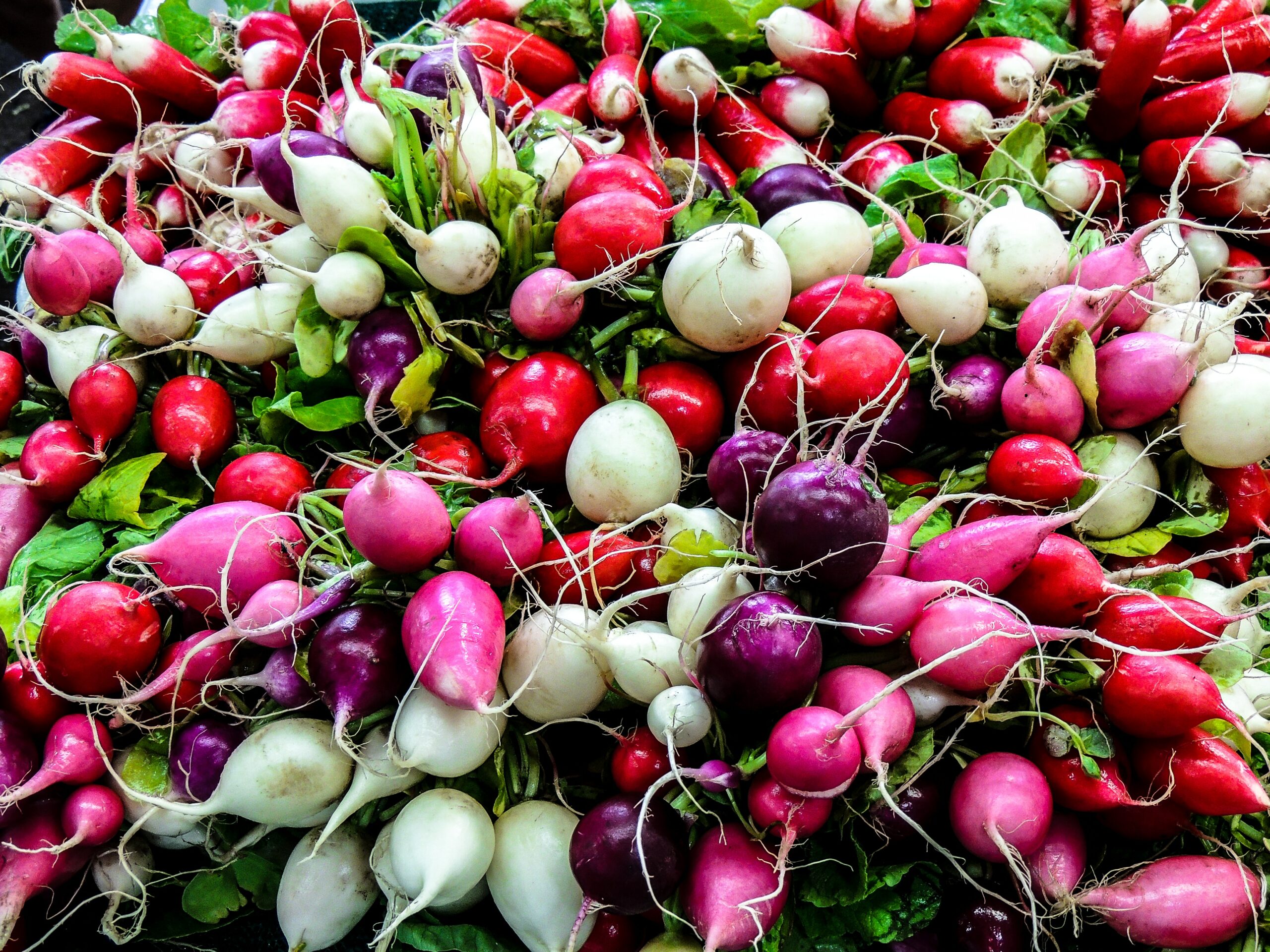
Radish
Radishes thrive in loose soil with a pH range between 5.5 and 7.0, they embody adaptability and zest. Full sunlight and consistent moisture nurture their rapid growth and vibrant foliage. Radishes provide invaluable benefits to neighboring plants by breaking up compacted soil, improving soil aeration, and suppressing pest populations.
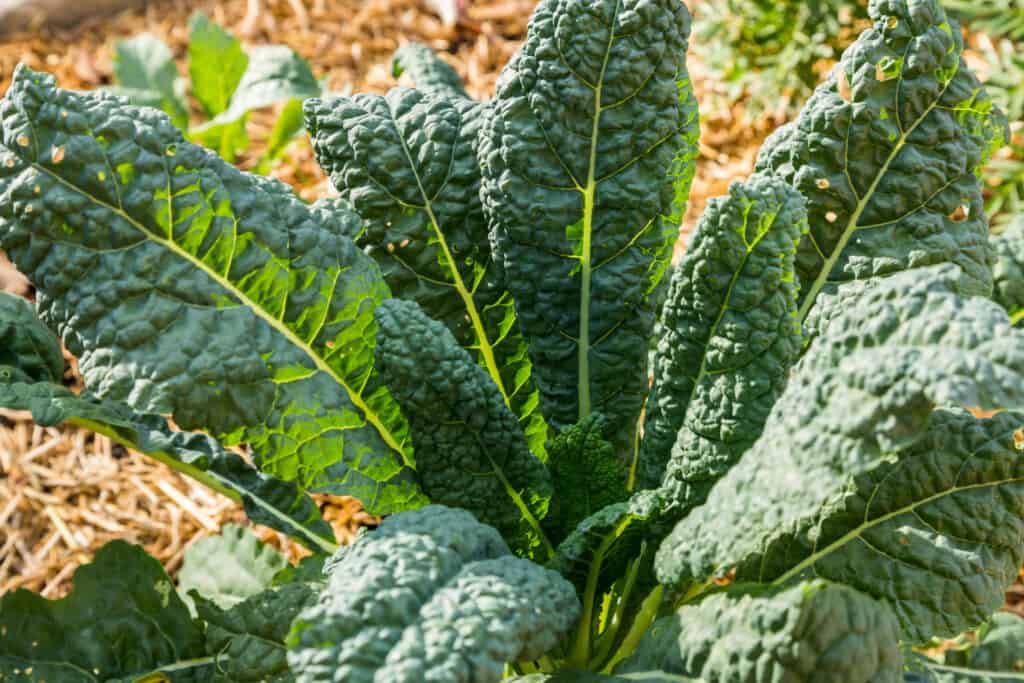
Kale
Kale, known for its robust leaves and garden vigor, thrives in various soil conditions. Flourishing in well-drained, nutrient-rich soil with a pH range between 6.0 and 7.5. Partial shade and consistent moisture nurture its vibrant foliage and sturdy stems. Kale provides invaluable benefits to neighboring plants by enriching the soil with nutrients, suppressing weeds, and attracting beneficial insects like ladybugs and lacewings.
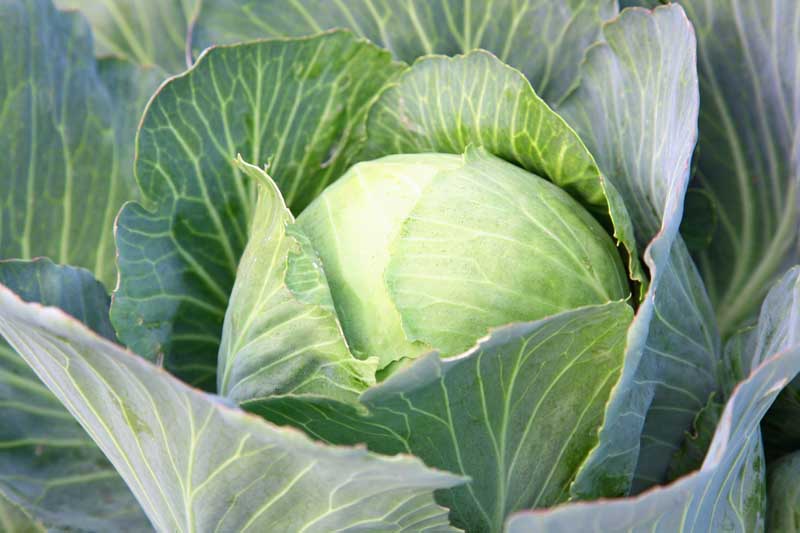
Cabbage
Cabbage thrives in various soil conditions. Flourishing in well-drained soil enriched with compost, it adapts to pH levels ranging from slightly acidic to neutral. Adequate moisture and sunlight foster robust growth and ample foliage. Belonging to the Brassicaceae family, alongside esteemed companions like kale and Brussels sprouts, cabbage epitomizes the culinary versatility and natural elegance found within the garden's domain.
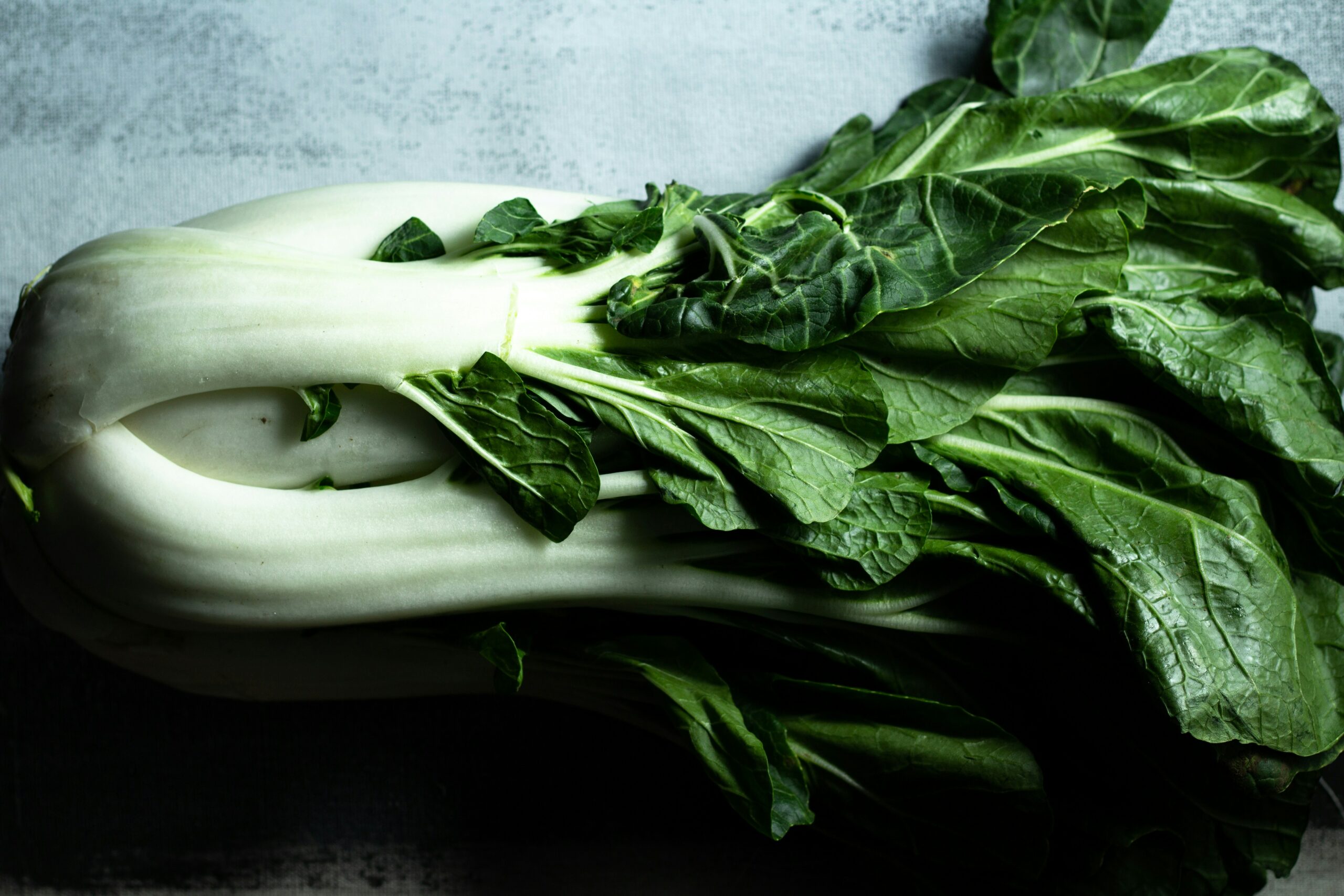
Bok Choy
Bok choy flourishes in diverse soil conditions, favoring well-drained, fertile soil with a pH range between 6.0 and 7.5. It thrives in partial shade and moderate moisture, displaying lush green leaves and crisp stems. Bok choy enriches the soil, attracts beneficial insects.
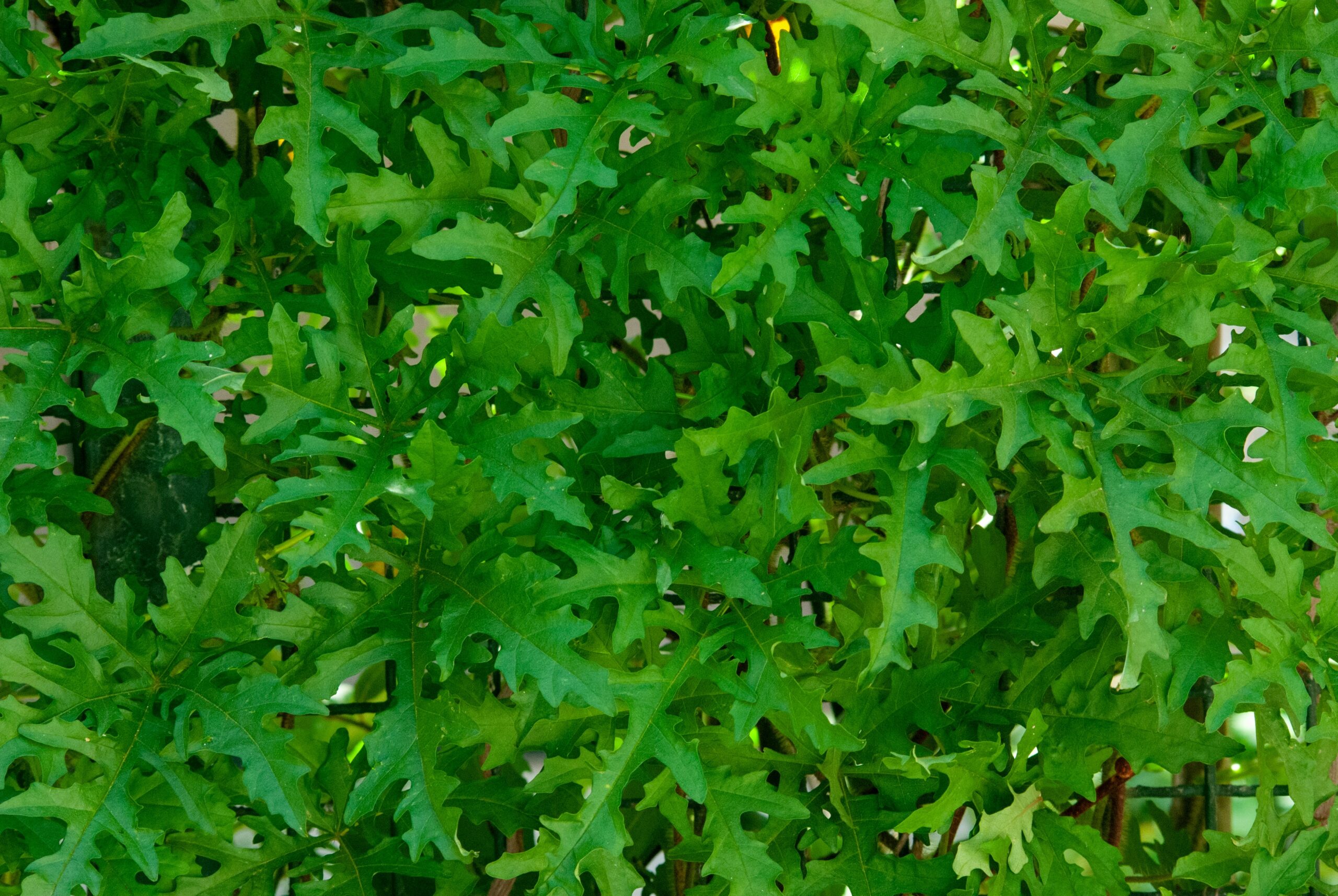
Arugula
Arugula, known for its bold peppery flavor and delicate leaves, unveils a hidden dimension as a key player in companion gardening. Thriving in well-drained, fertile soil with a pH range of 6 to 6.8, arugula exhibits a preference for cool weather, making it ideal for early spring and fall plantings. Rich in nitrogen, phosphorus, and potassium, this resilient green thrives with moderate watering and benefits from occasional fertilization, enriching both garden palates and landscapes.
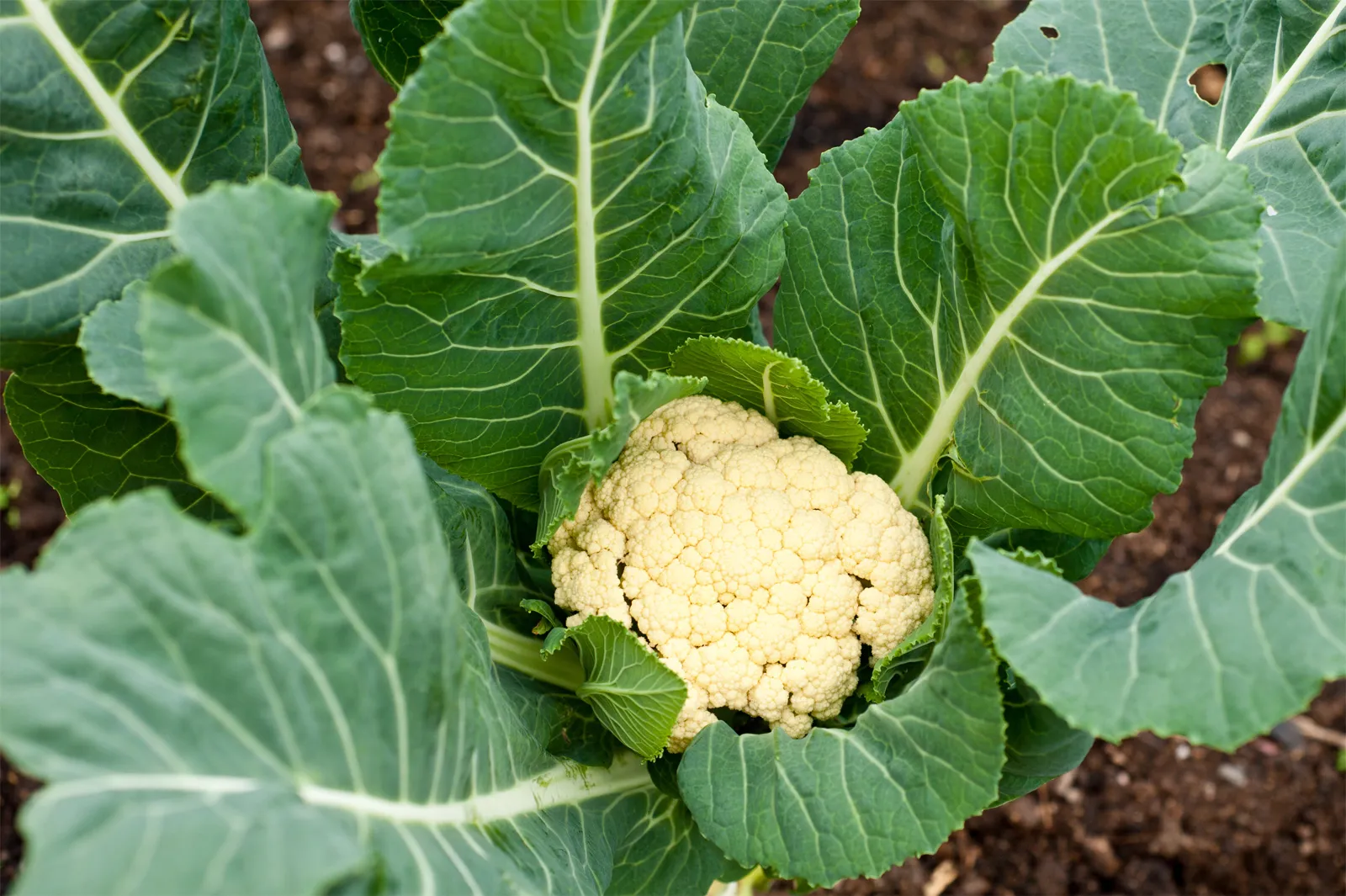
Cauliflower
Cauliflower thrives in various soil conditions. Flourishing in well-drained, fertile soil enriched with organic matter. Adequate moisture and sunlight support vigorous growth and abundant curds. Cauliflower extends benefits to neighboring plants by enhancing soil health, promoting microbial activity, and optimizing nutrient availability. Belonging to the Brassicaceae family, alongside esteemed companions like broccoli and Brussels sprouts, cauliflower epitomizes the lush abundance and natural charm found within the garden's bounty.
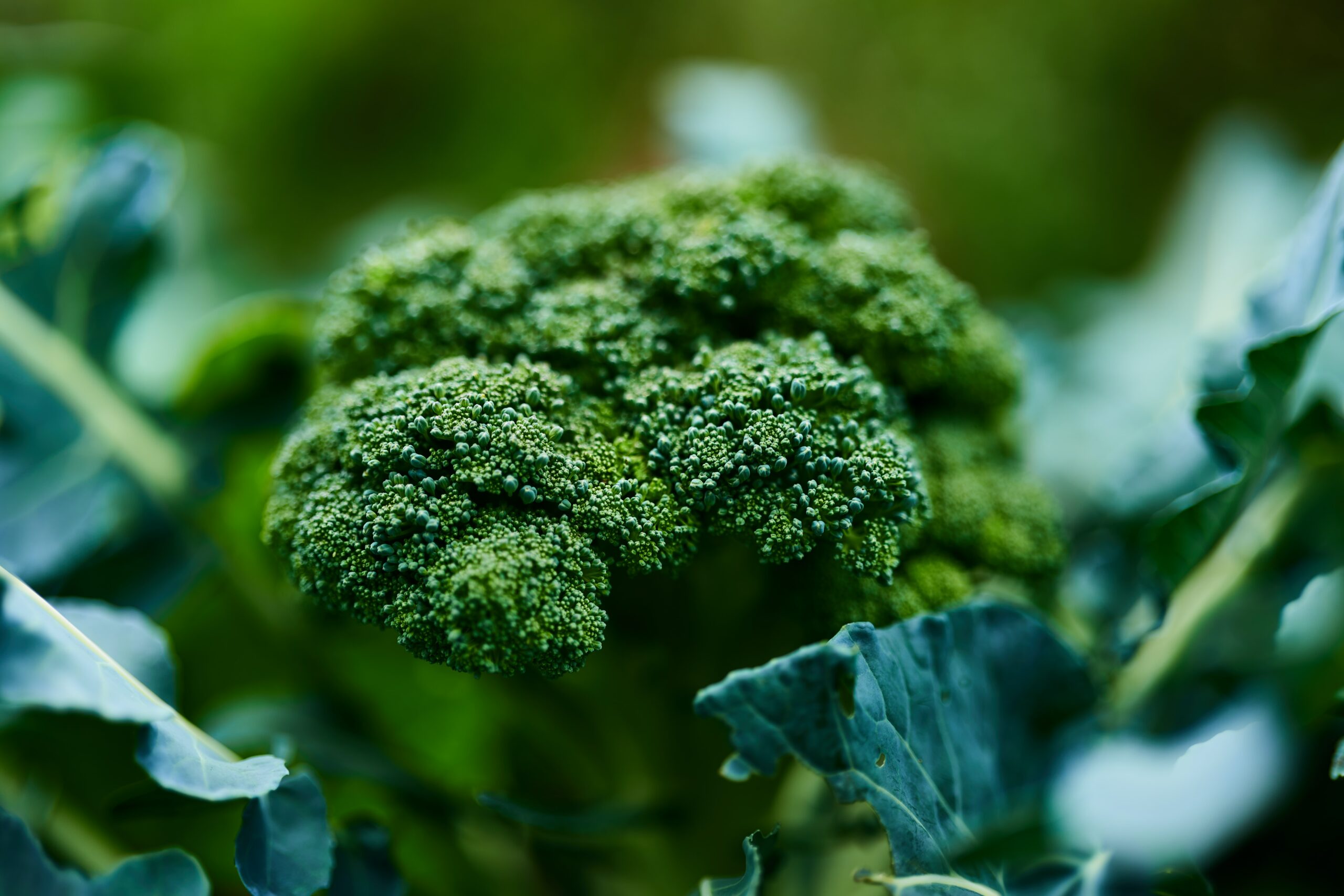
Broccoli
Broccoli flourishes in diverse growing conditions. Thriving in well-drained soil enriched with organic matter, it adapts to pH levels ranging from slightly acidic to neutral. Adequate moisture and sunlight support vigorous growth and abundant yields. Belonging to the Brassicaceae family, alongside esteemed companions like kale and cabbage, broccoli embodies the natural abundance and beauty found within the garden's embrace.
